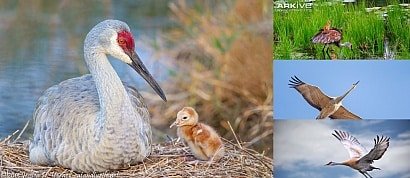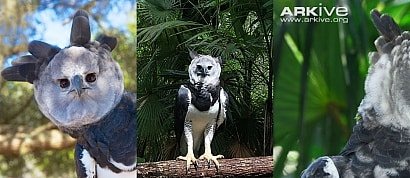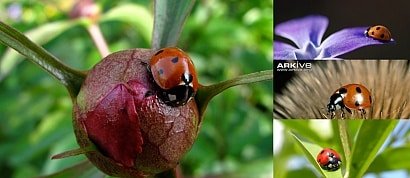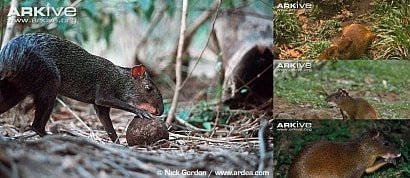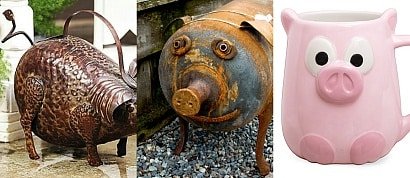A list of my favorite images of lappe.
wiwords.com/word/lappe
The lappe (Cuniculus paca), also known as the lowland paca and the spotted paca, is a large rodent found in tropical and sub-tropical America, from East-Central Mexico to Northern Argentina. Introduced to Cuba, Bahamas, Jamaica and Hispaniola.
It is called paca in most of its range but tepezcuintle in most of Mexico and Central America, pisquinte in northern Costa Rica, jaleb in the Yucatán peninsula, conejo pintado in Panama, guanta in Ecuador, majás or picuro in Peru, jochi pintado in Bolivia, and boruga, tinajo or guartinaja in Colombia. It is also known as the gibnut in Belize, where it is prized as a game animal, labba in Guyana, lapa in Venezuela and lappe on the island of Trinidad.
The lappe has coarse fur without underfur, dark brown to black on the upper body and white or yellowish on the underbelly. It usually has three to five rows of white spots along its sides, against a dark grey background. It has thick strong legs with four digits in the forefeet and five in the hind feet (the first and fifth are reduced); the nails function as hooves. The tail is short and hairless. The zygomatic arch is expanded laterally and dorsally and is used as a resonating chamber - a unique feature among mammals.
An adult lappe weighs between 6 and 12 kg (13 and 26 lb). It has two litters per year, each having usually one young, sometimes two; gestation lasts 115–120 days. Lappe are sexually mature at about 1 year.
The lappe is mostly nocturnal and solitary and does not vocalize very much. It lives in forested habitats near water, preferably smaller rivers, and dig simple burrows about 2 m (6 ft 7 in) below the surface, usually with more than one exit.
The lappe is a good swimmer and usually heads for the water to escape danger. It also is an incredible climber and it searches for fruit in the trees.
Its diet includes leaves, stems, roots, seeds and fruit, especially avocados, mangos and zapotes. It sometimes stores food.
The lappe is considered an agricultural pest for yam, cassava, sugar cane, corn and other food crops. Its meat is highly prized. It is plentiful in protected habitats and hence not in danger of extinction but overall its numbers have been much reduced because of hunting and habitat destruction.
It is easily bred and raised in farms although the taste is said to be inferior (perhaps unpleasant) when farmed.
Added to
People who voted for this also voted for
ART | Victor Brauner
Gloria Grahame Best Movies
Ellen Corby Best Movies
Flora Robson Films
Felix Bressart Movies
Nelson Eddy & Jeanette MacDonald Movies
Marjorie Main Partial Filmography
Actors Wearing Beret - Movies
Children and Animals, in Illustrations
Film Diary of 2023
Chauffeur - Movies
Victor McLaglen - Movies
Balcony and Porch Scenes
Arthur Kennedy Best Movies
Carry On... Sid James
More lists from kathy
Favorite Images of Sandhill Cranes
Favorite Images of Harpy Eagles
Favorite Images of Ladybirds
Favorite Images of Agoutis
Jessica Lange Films Viewed by Kathy
Favorite Acorn Ornaments
Favorite Pig Collectibles
 Login
Login





















































